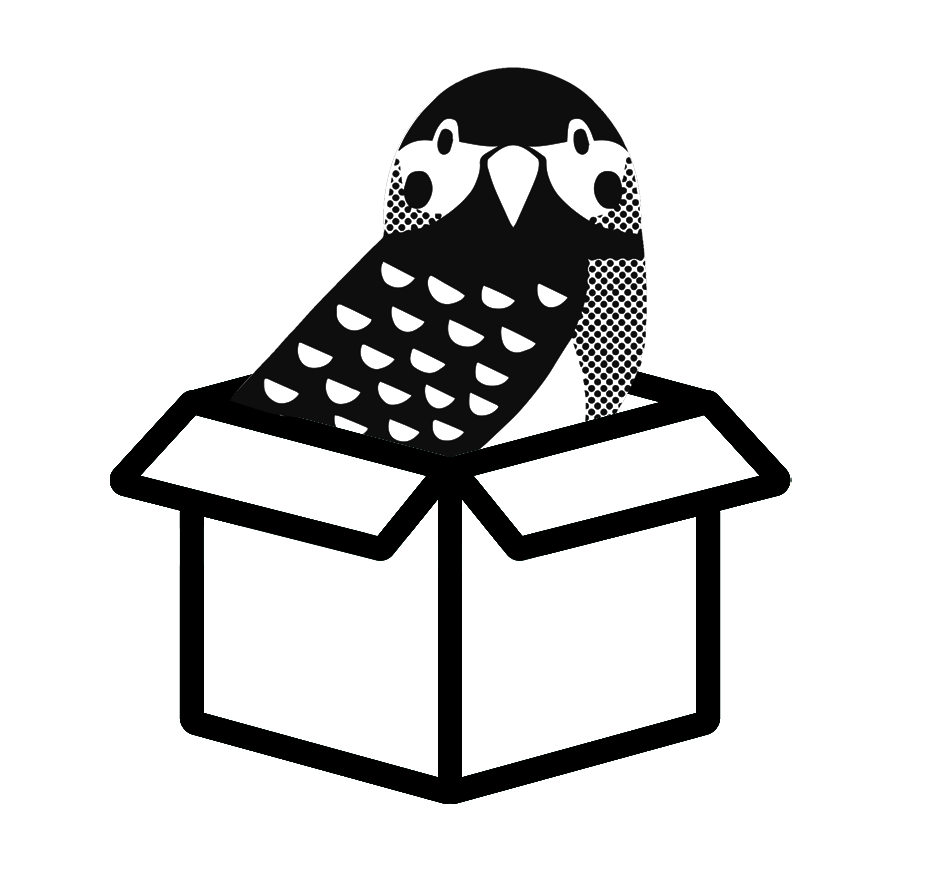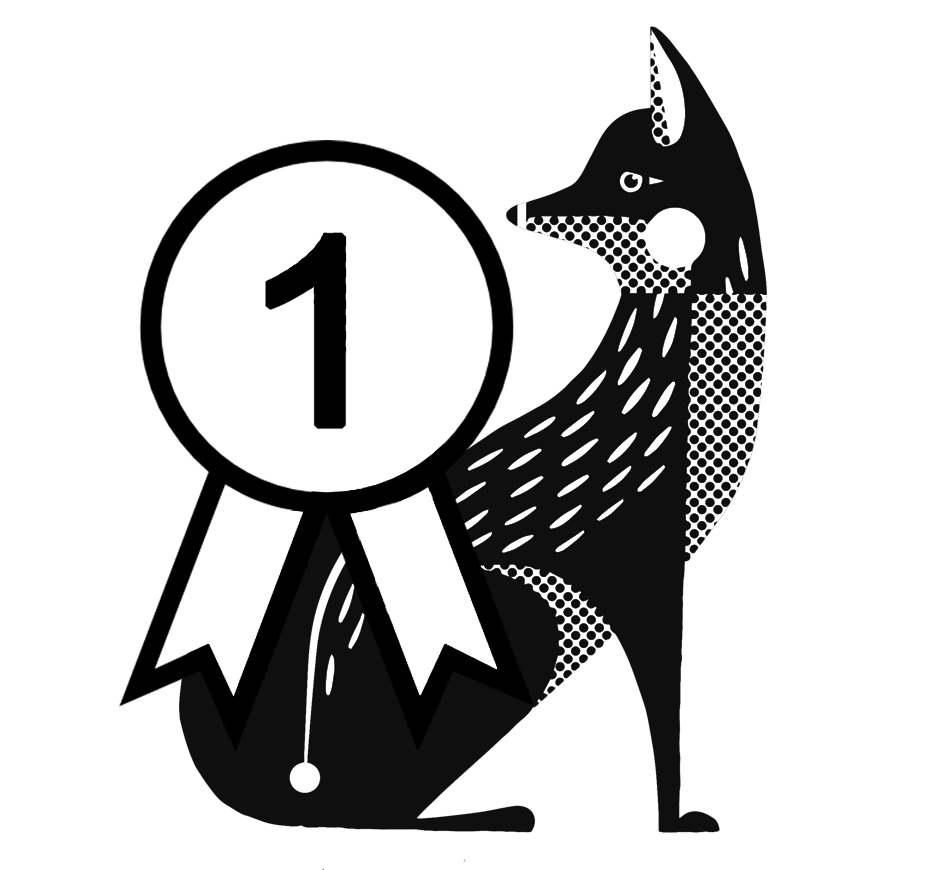Birds are some of the most beautiful creatures on this planet. They come in all shapes and sizes, from tiny hummingbirds to huge eagles. And they're not just pretty to look at-they also provide us with hours of entertainment through their antics and songs. Unfortunately, many people live in areas where birds aren't found because there is no suitable habitat nearby. This is where bird boxes come in handy! A bird box can be a small wooden house mounted high up on a pole or tree that provides shelter for birds when they need it-such as during winter or when they are nesting.
Which Birds Use Nest Boxes In The United Kingdom?
It is estimated that more than half of the bird species in Britain use nest boxes. Of these, some are so common they can be seen almost anywhere, while others may only ever occupy one or two sites on an entire island. However, the following birds are among those that will always use a nest box. Blue Tits, Carrion Crow, Great Spotted Woodpecker, Greenfinch, House Sparrow, Robin, Wrens and various other bird species in the UK will use a bird box if other variables are ideal for them.
Unfortunately, even if you have put one up yourself, there's still a chance that you won't see any birds in your bird box. This is something that many people wonder about, and there are several reasons why they might not be seeing birds using the shelter you've provided them with. Here are some of those reasons:
1. Birds Look For Nesting Opportunities

Bird boxes have been placed in a variety of locations for many decades. Nesting opportunities are available to birds that may not be able to find an alternative nesting site, such as those who cannot access holes in trees or crevices on rocks or cliffs due to their size and weight, lack of claws or other climbing aids, etc. Other nesting opportunities include bird boxes placed in hedgerows, bushes, and on top of buildings. Always make sure you place your bird box in an area that creates the ideal nesting opportunity for birds in your area. If there are specific birds you are hoping to attract, be sure to research the specific needs of that species, to create the needed nesting opportunity for those birds to use your bird box.
2. Nest Box Materials & Placement

When choosing a nest box for your garden or yard, it is essential to keep the size and weight of the birds in mind when determining what type and placement would work best. You should be able to find the appropriate bird box based on your yard's layout and the species that will occupy it.
3. Nest Box Placement Requirements

The location of a nest box is equally as important as its size and weight – if not more so!
Clear away any clutter below and around the box, leaving an area of 50 cm or more clear on either side and 30cm or more in front. This will prevent predators from jumping into the nesting site.
Placement should be at least one metre from the ground and no higher than five metres. However, this height will depend on which bird species are occupying it. Some prefer lower elevation boxes, while others do not mind being up high. If you are unsure, consider seeking advice from a local wildlife conservation group that works with birds in your area.
Ensure that the entrance hole is facing away from prevailing winds and pointing in a northerly direction, with 20 to 30 degrees of downward slope where water can drain out if it gets inside your bird box.
Position your nest boxes at least two metres apart (this is for perching birds) and no more than 100 metres apart (this is for territorial birds).
4. Perhaps It's The Wrong Season?

Birds will not use a nest box during the wrong season. For instance, some species of birds will only be looking for nesting sites between January and August, while others may need to enter torpor (similar to hibernation) in September or October. Therefore, make sure you check what time of year it is before deciding on a solution if no birds are occupying your bird boxes.
5. No Resources Available For Birds

If there are no resources available for your birds, they will not use a nest box. This includes suet and other items that can be put in the nesting site to attract wild birds. If you have filled your bird boxes with these types of materials but notice no one is using them or if their numbers seem smaller than usual, it's likely because another species has eaten all the food! Suppose you are not adding food and rely on natural resources. In that case, the particular area might not have sufficient natural resources to sustain the bird population.
Check out our bird feeder bundle.
6. Faulty Nesting Sites

There are several reasons why faulty nesting sites may cause fewer birds to occupy them than when they were working correctly. One example could be during periods of rain or snow when water gets inside an unused bird box due to incorrectly sloping roofs, missing flashings at roof intersections, etc., causing more damage than good by forcing birds to find alternative nesting sites.
7. Bird Box Maintenance

When you are maintaining your nesting sites, make sure to clean them out and check for any damage or issues that may be causing problems. You might be facing an infestation such as mites, though don't worry, you can do something about it. If you find something like this, you can buy some bird box disinfectant from your local gardening store, which should fix the problem.
8. Predators

Another reason for your bird boxes not being used could be because of predators. Check around the outside to make sure there are no holes that could allow rats, mice or other animals in and out when they please. If you find a hole, there is a big chance that it is too late as a predator may have already moved into one of your nesting sites. Also pay attention to the entrance size of your bird box hole to ensure other predatory birds do not enter. The presence of other, more dominant birds who are bullying others out of their homes so they can claim them as their own, if you notice one bird hanging around your nest box but not actually entering it, chances are there is a problem!
In conclusion, if you notice many of your nesting sites are not being used by birds, it could be because they have been abandoned for one reason or another. Use the points in this blog to diagnose and solve any problems that may arise with your nest boxes! And always remember, we can not control nature, so patience is the name of the game, try not to change things up too regularly as this might scare away potential residents of your bird box.



























